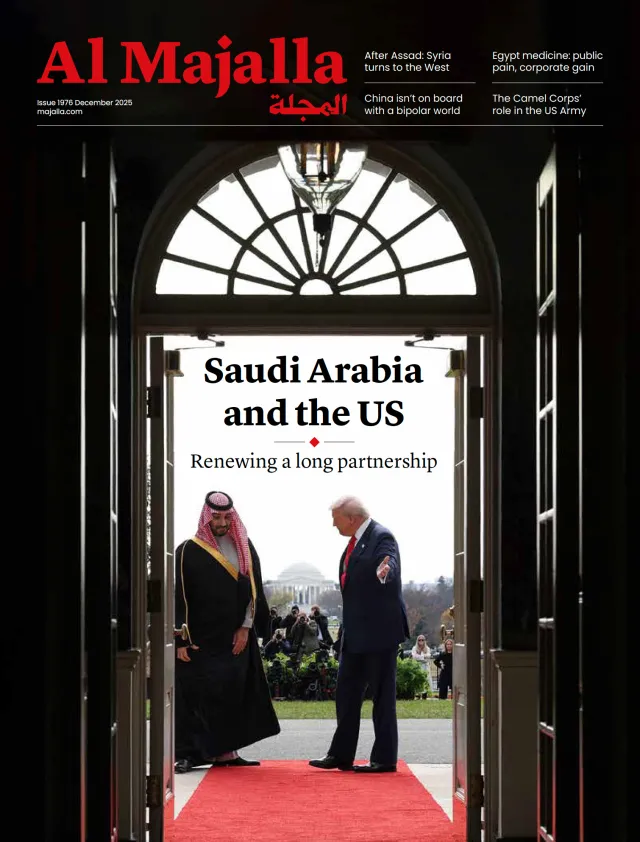Over two decades, Ahmed al-Sharaa—once known by numerous aliases—moved through more than 50 homes, prisons and caves before emerging as Syria’s president, addressing the United Nations and being received as a guest at the Kremlin.
Twenty years ago, under the nom de guerre Amjad Muzaffar, he fought against US General David Petraeus in Mosul following the 2003 invasion of Iraq. Last month, he sat across from the same general (now retired) in a fireside chat in New York, but this time as Syria's president. Shortly afterwards, General Brad Cooper of US Central Command visited Damascus to discuss counter-terrorism cooperation with al-Sharaa, targeting the Islamic State (IS) and other extremist groups.
Just as al-Sharaa’s meeting with former US President Donald Trump on 14 May last year marked a striking milestone—exactly two decades after his arrest as Amjad Muzaffar for fighting American forces in Iraq—his reception by Russian President Vladimir Putin at the Kremlin is equally symbolic. It comes ten years after Russia’s 2015 military intervention in Syria aimed at propping up the Assad regime, underscoring the shifting roles, identities and allegiances of the time.
For years, Putin’s warplanes targeted al-Sharaa—then known as Abu Muhammad al-Jolani—and his Hay'at Tahrir al-Sham fighters in the caves and hideouts of Idlib. Yet today, the two men sit face to face in the Kremlin as two presidents discussing the future of Russian–Syrian relations. The moment shows just how key figures remain, but roles have been redefined.
A revival of deep ties
It would be a mistake to chalk up al-Sharaa’s visit to Moscow as a mere diplomatic formality; it signals the revival of a historic relationship that has shaped decades of ties between Damascus and Moscow—only today it has been recalibrated by emerging regional and international dynamics.




